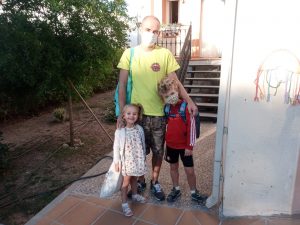This month we launch Pearson Music to learn to, our new Spotify account for teachers and students alike and its first playlist, Songs for St Valentine’s. To celebrate comes a blog post on using songs in the ELT classroom. Many and varied are the reasons for using songs in class and, equally, many and varied are the ways in which they can be used. Why might we use a song?
- Songs contextualise grammar structures and vocabulary and include repetition and therefore repeated exposure to the same vocabulary and grammar structures…which can mean remembering language!
- Particularly If it’s a song they like, songs can be memorable for students…which can mean even more remembering of language!
- As well as listening to songs, our students can sing them, even better if we go first (and even better with a guitar!). I think I have sung Johnny Cash’s Ring of Fire to every class I’ve ever taught and can still picture a student by the name of Juan Cruz doing a cowboy lassoo gesture singing along. Another song I’ve had success singing with a class is Lemon Tree by Fool’s Garden. It inspired the name and picture of this post! And singing songs can help our students…you guessed it, remember language.
- Many songs have a story behind them that invites interpretation and gets our students talking. A song therefore can be a springboard for discussion.
Next up, how can we squeeze the most out of songs in class? Read on for ten ideas…










